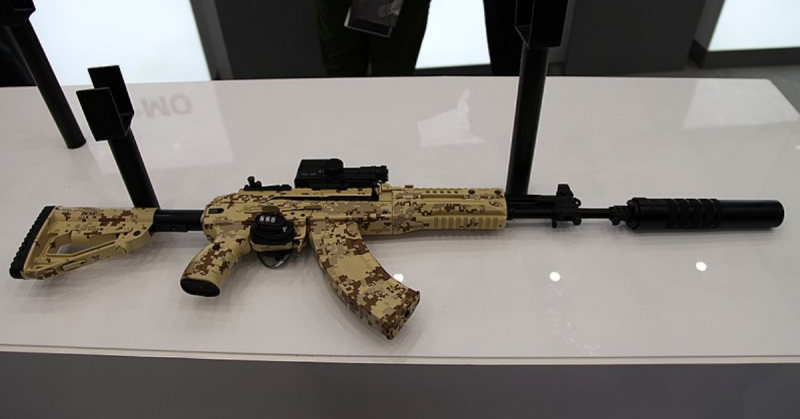The Russian military is replacing their AK-74M assault rifles with the new AK-12 and AK-15 models.
The Russians have wanted to update their assault rifles for a long time. It has not been a priority though since they had more AK-74s than they had soldiers. The AK-74 is a 5.45mm rifle that is the descendant of the venerable 7.62mm AK-47 which was first used in 1947. The AK-74 appeared in the 1970s and the M variant was introduced in 1991. The Russian military has stockpiled about 2 million AK-74s of various versions.
Besides the number of AK-74s the Russians have in stock, the volatility of the Russian military budget, due to oil price changes and economic sanctions, has placed a damper on the modernization project. Furthermore, the Russians were looking for sufficient improvement in the new models to warrant spending the money on new weapons.
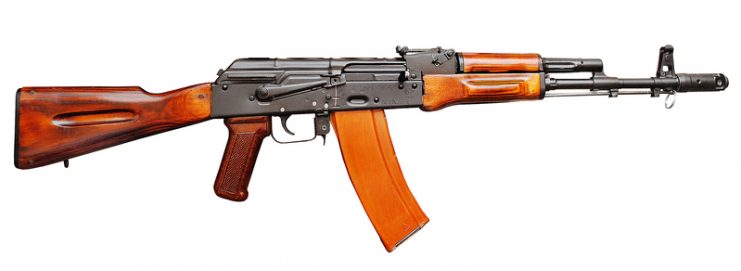
Both the AK-12 and AK-15 resemble the AK-74M in most ways. The AK-12 is designed to fire 5.45 x 39mm ammunition just like the AK-74M. In contrast, the AK-15 is chambered for 7.62 x 39mm ammunition, the same as the AK-47. It is unclear why the Russians are buying two rifles of different calibers. One possible reason is that the Russian military still has stockpiles of ammunition from the Cold War. The AK-15 could be intended for rear or low-priority troops who can use the older ammunition.
The primary difference between the older AK-74M and the newer AK-12/15 is the new accessory system on the modern rifles. They appear to have been developed to use accessories that modern, high-tech armies have come to rely on. Both the AK-12 and AK-15 have two Picatinny rails which allow for the attachment of rifle scopes, red dot sights, and laser pointers.
The second rail is under the barrel and can be used to attach a vertical foregrip. Another improvement of the newer rifles over the AK-74M is the buffer tube, which allows for attaching buttstocks and making adjustments to the rifle’s length of pull. This is similar to the design found on the M-4 carbine.
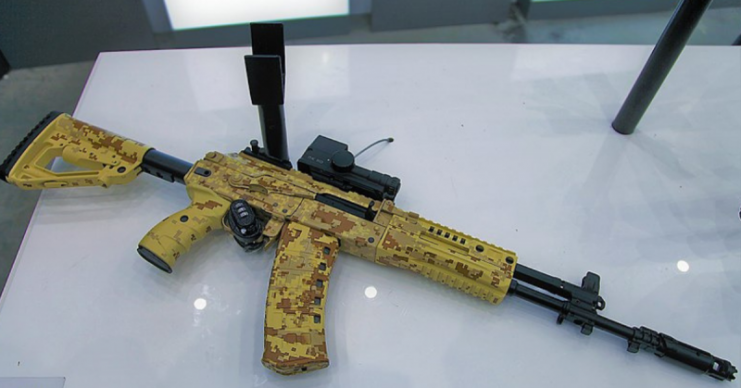
A right-side view of the final production model of the AK-12, which is based on the well proven AK-400 prototype. By Vitaly V. Kuzmin CC BY-SA 4.0
Kalashnikov is the manufacturer of the new rifles. The new weapons are about 35 inches long with a 16-inch barrel and an unloaded weight of 7.7 pounds. Both of the new rifles are capable of firing 700 rounds a minute. They both use 30-round magazines.
Mikhail T. Kalashnikov designed the original AK-47. He designed the rifle to replace both the bolt action rifles and submachine guns used by the Soviet military. As such, it rested in the middle area between the two older weapons. It had more range than the Soviet submachine guns but less power than the Mosin rifles. It was shorter than the Mosin Nagant rifle but still had an effective range of 400 meters.
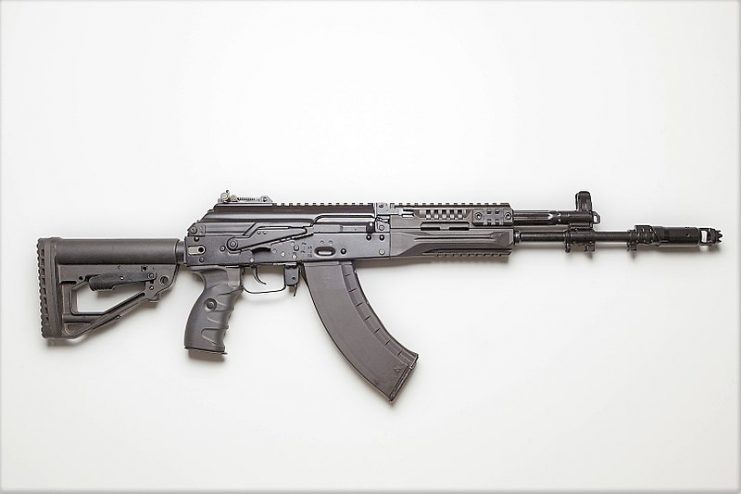
The AK-47 was replaced in the 1960s by the AKM. In turn, the AKM was replaced by the AK-74 in the 1970s. The current AK-74M is the modernized version introduced in the 1990s.
The AK-12 and AK-15 are similar to the US Army’s M4A1 carbine but are both longer and heavier than the US weapon.
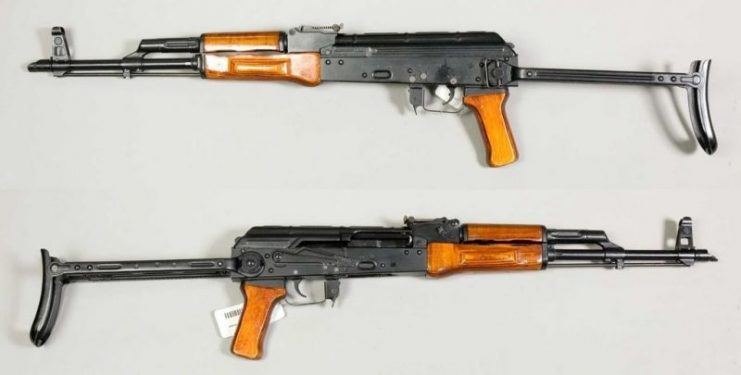
Read another story from us: Man vs Tanks – Infantry Anti-Tank Rifles of WW II
These rifles are part of the new gear designed for ground troops in the Russian military. The designs in this program include body armor, weapon optics, communication and navigation equipment, tents, and firearms. Additionally, the Russians are also developing life support and power supplies to be used on the battlefront. By October of 2016, 10,000 of the new kits of equipment had been assigned to troops. The kits continue to be rolled out at a rate of 70,000 sets per year.
